October 2010
This year brought good news in the Tongass: After decades of promoting industrial-scale logging in this irreplaceable old-growth forest, the Forest Service is moving in a new, more sustainable direction.
In May, the agency announced it will transition away from logging old-growth in roadless areas of the Tongass. Instead, the Forest Service wants to supply future timber needs from smaller, second-growth trees, while ramping up efforts to restore past damage inflicted by logging.
The shift is part of the agency’s comprehensive, sustainable economic development strategy for the Tongass. The region’s tourism and recreation industries, along with commercial and sport fishing, all depend on a healthy, intact forest. Rehabilitating areas damaged by past logging helps those industries while creating a new source of jobs for local residents.
To supply the timber industry with wood during this transition, the Forest Service wants to begin systematically thinning out dense stands of second growth trees. Cutting some of those smaller trees now will let the forest produce bigger, more valuable trees for the timber industry in the future. The agency will also look for opportunities to support alternative energy projects.
This new model of forest stewardship better protects the region’s watersheds and habitat, ensuring healthy supplies of fish and game. That’s especially important to the region’s Natives and local residents, who depend heavily on wild food to feed their families and support their traditional way of life.
This is the most significant change in forest management policy on the Tongass in the last 20 years. Unfortunately, old-style timber interests are still pressuring the agency to go back to intensive old-growth logging, which is only profitable if supported by heavy taxpayer subsidies.
ACF and its grantees are working to ensure that this new management approach delivers on its promise and brings a more sustainable and prosperous economic future to Southeast Alaska.


